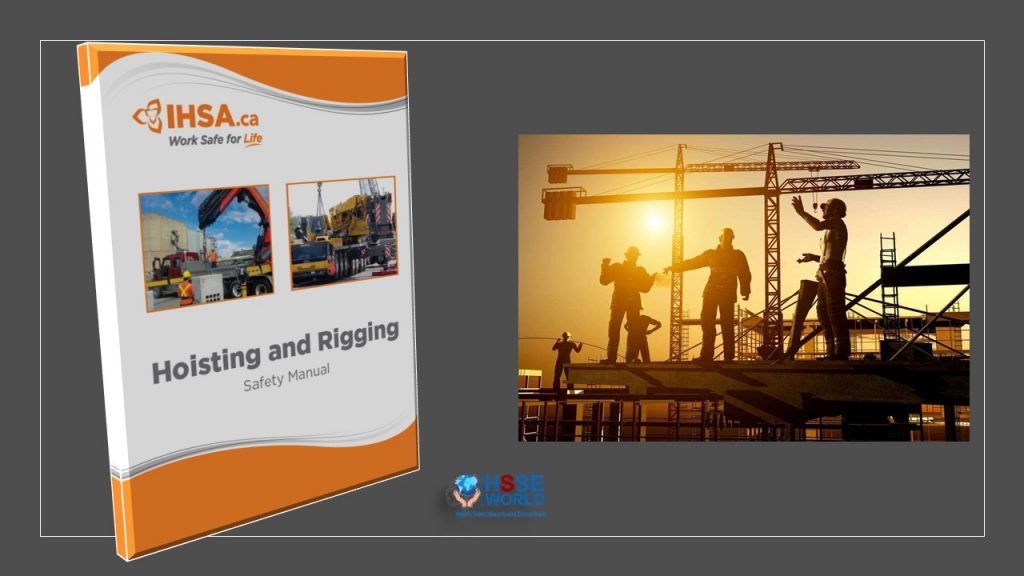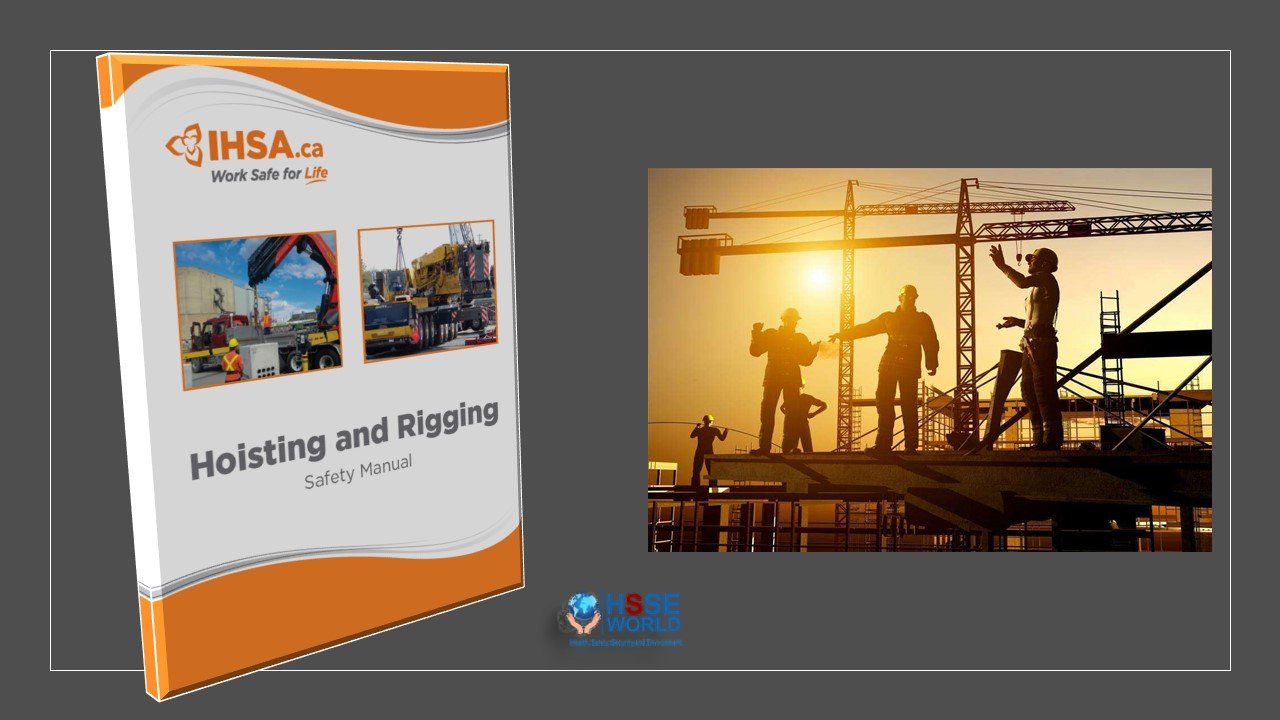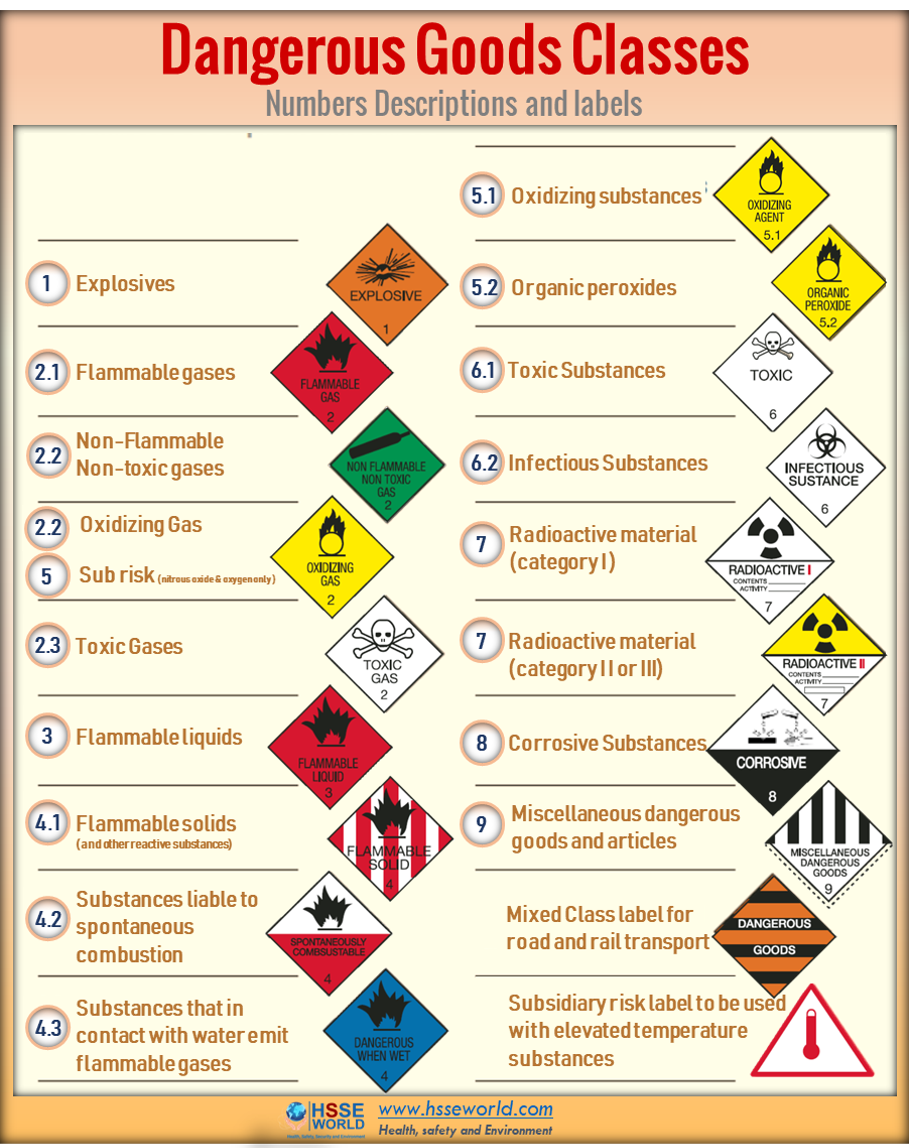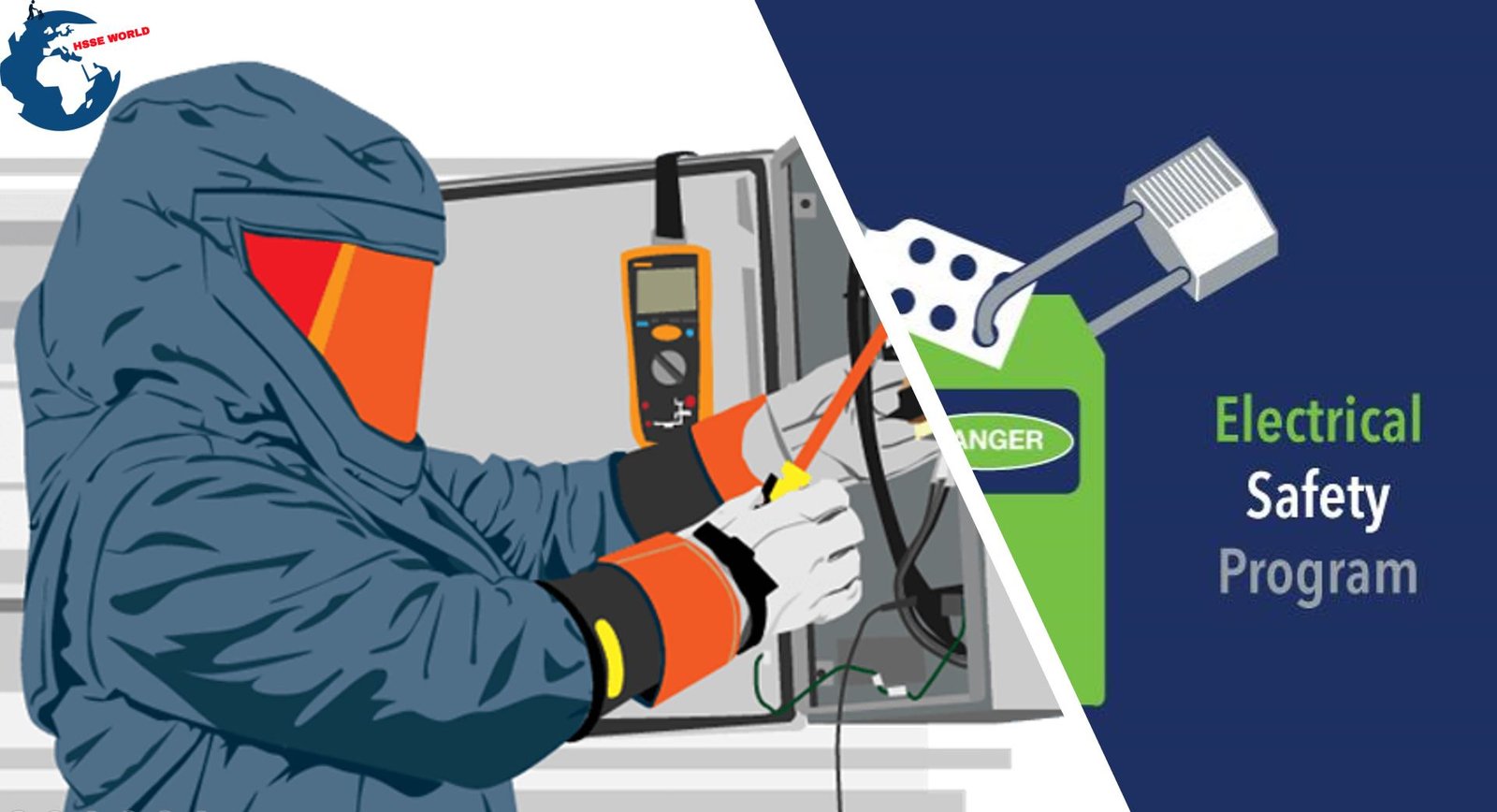This manual is intended as a working guide for training workers and supervisors in the fundamentals of safe rigging and hoisting. The information covers not only ropes and knots but hoisting equipment from cranes to chain falls and rigging hardware from rope clips to spreader beams. Equally important is the attention paid at every point to correct procedures for inspection, maintenance, and operation.
Knowledge of the equipment and materials with which we work is one of the most important factors in occupational health and safety. Each item has been designed and developed to serve a specific purpose. Recognizing its capabilities and limitations not only improves efficiency but minimizes hazards and helps prevent accidents.
This manual identifies the basic hazards in rigging and hoisting, explains the safeguards necessary to control or eliminate these hazards, and spells out other essential safety requirements.
The information should be used in conjunction with the applicable regulations by contractors, supervisors, operators, riggers, and others delivering or receiving instruction in the basics of safe rigging and hoisting.
It is important that workers involved with hoisting and rigging activities are trained in both safety and operating procedures. Hoisting equipment should be operated only by trained personnel. The cause of rigging accidents can often be traced to a lack of knowledge on the part of a rigger.
Training programs such as the Infrastructure Health & Safety Association’s Basic Safety Training for Hoisting and Rigging provide workers with a basic knowledge of principles relating to safe hoisting and rigging practices in the construction industry.
A safe rigging operation requires the rigger to know
- The weight of the load and rigging hardware
- The capacity of the hoisting device
- The working load limit of the hoisting rope, slings, and hardware.

When the weights and capacities are known, the rigger must then determine how to lift the load so that it is stable.
Training and experience enable riggers to recognize hazards that can have an impact on a hoisting operation. Riggers must be aware of elements that can affect hoisting safety, factors that reduce capacity, and safe practices in rigging, lifting, and landing loads. Riggers must also be familiar with the proper inspection and use of slings and other rigging hardware.

Most crane and rigging accidents can be prevented by field personnel following basic safe hoisting and rigging practices. When a crane operator is working with a rigger or a rigging crew, it is vital that the operator is aware of all aspects of the lift and that a means of communication has been agreed upon, including what signals will be used.
Elements that can Affect Hoisting Safety
- Working Load Limit (WLL) not known. Don’t assume. Know the working load limits of the equipment being used. Never exceed these limits.
- Defective components. Examine all hardware, tackle, and slings before use. Destroy defective components. Defective equipment that is merely discarded may be picked up and used by someone unaware of its defects.
- Questionable equipment. Do not use equipment that is suspected to be unsafe or unsuitable, until its suitability has been verified by a competent person.
- Hazardous wind conditions. Never carry out a hoisting or rigging operation when winds create hazards for workers, the general public, or property. Assess load size and shape to determine whether wind conditions may cause problems. For example, even though the weight of the load may be within the capacity of the equipment, loads with large wind catching surfaces may swing or rotate out of control during the lift in high or gusting winds. Swinging and rotating loads not only present a danger to riggers there is the potential for the forces to overload the hoisting equipment.
- Weather conditions. When the visibility of riggers or hoist crew is impaired by snow, fog, rain, darkness, or dust, extra caution must be exercised. For example, operate in “all slow”, and if necessary, the lift should be postponed. At sub-freezing temperatures, be aware that loads are likely to be frozen to the ground or structure they are resting on. In extremely cold conditions avoid shock-loading or impacting the hoist equipment and hardware, which may have become brittle.
- Electrical contact. One of the most frequent killers of riggers is electrocution. An electrical path can be created when a part of the hoist, load line, or load comes into close proximity to an energized overhead powerline. When a crane is operating near a live powerline and the load, hoist lines, or any other part of the hoisting operation could encroach on the minimum permitted distance (see table on the next page), specific measures described in the Construction Regulations must be taken. For example, constructors must have written procedures to prevent contact whenever equipment operates within the minimum permitted distance from a live overhead powerline. The constructor must have copies of the procedure available for every employer on the project.
- Hoist line not plumb. The working load limits of hoisting equipment apply only to freely suspended loads on plumb hoist lines. If the hoist line is not plumb during load handling, side loads are created which can destabilize the equipment and cause structural failure or tip-over, with little warning.
Contents
The Hoisting and Rigging Safety Manual Contents
- Hoisting and Rigging Hazards
- Procedures and Precautions
- Determining Load Weights
- Weights of Common Materials
- Fiber Ropes, Knots, Hitches
- Fibre Rope Characteristics
- Inspection of Fibre Rope
- Working Load Limit (WLL)
- Care, Storage, Use
- Knots and Hitches
- Hardware, Wire Rope, Slings
- Wire Rope
- Sling Configurations
- Sling Angles
- Centre of Gravity
- Sling WLLs
- Sling Types
- Rigging Hardware
- Hoisting Tips
- Rigging Tools and Devices
- Jacks
- Blocking and Cribbing
- Rollers
- Inclined Planes
- Lever-Operated Hoists
- Chain Hoists
- Grip-Action Hoists or Tirfors
- Electric Hoists and Pendant Cranes
- Winches
- Anchorage Points
- Introduction to Crane Operations
- Responsibilities 105
- Basic Types and Configurations 107
- Hazards in Crane Operating Areas 122
- Working near Powerlines 126
- Factors Affecting Crane Capacity 132
- Setup Summary 155
- Machine Selection 156
- Signaling
Download the book
More Downloads
- E-Books: Healthcare Hazard Control & Safety Management
- E-Books: Safety, Health and Working Conditions Training Manual
- E-Books: Energy Efficiency in Water and Wastewater Facilities
- E-Books: Fire Service Features of Buildings and Fire Protection Systems
- E-Books: Evaluation of Fire Safety free download
- E-Books: PPE for Chemical, Biological, and Radiological Hazards free
- E-Books: Changing the Workplace Safety Culture free download
- E-Books: Site Emergency Planning Workbook
- E-Books: Load Restraint Guide
- E-Books: Essential Practices for Creating, Strengthening, and Sustaining Process Safety Culture
- E-Books: System Safety Engineering and Risk Assessment
- E-Books: Permit-Required Confined Spaces
- E-Books: Is it Safe to Enter Confined Space?
- E-Books: 5-Minute Workplace Safety Talks
- E-Books: Safety Culture and High-Risk Environments
- E-Books: Practical Guide to Industrial Safety
- E-Books: Slip, Trip, and Fall Prevention for Healthcare Workers
- E-Books: Health and Safety at Work Key Terms
- E-Books: Fundamentals of Process Safety Engineering
- E-Books: Gas Detection Hand Book
- E-Books: Occupational health and safety management systems ANSI-AIHA-z10-2012
- E-Books: Hot Work on Drums and Tanks
- E-Books: Human Fatigue Risk Management
- E-Books: Guidelines for the provision of facilities and general safety in the construction industry
- E-Books: Handbook of Training in Mine Rescue and Recovery Operations ( 2021)
- E-Books: Code of Practice for the Safe Use of Lifting Equipment – Edition 9 (Nov 2019)
- E-Books: Free Forklift Health and Safety Best Practices Guideline
- E-Books: Handbook of Hazardous Chemical Properties
- E-Books: Human Performance Improvement through Human Error Prevention
- E-Books: Principles Of Fire Risk Assessment In Buildings
- E-Books: Investigation of Occupational Accidents and Diseases
- E-Books: Radiation Protection and Safety in Industrial Radiography
- E-Books: Basic Guide to System Safety, Third Edition
- E-Books: Food Safety Management-A Practical Guide for the Food Industry
- E-Books: Safety identification: Escape and evacuation plan signs- ISO 23601
- E-Books: Safety at Work
- E-Books: The Safety-Critical Systems Handbook 4th edition
- E-Books: Fundamental principles of occupational health and safety
- E-Books: Fire Safety Risk assessment Guide – Sleeping Accommodation
- E-Books: Mental health at work series
- E-Books: Live Fire Training: Principles and Practice
- E-Books: Pre-Startup Safety Review Guide
- E-Books: Fire and Emergency Drill Manual and Building Inspection Guide
- E-Books: Health and Safety: Risk Management 5th edition
- E-Books: Fire Protection systems -Third edition 2021
- E-Books: Fire Safety Logbook templates
- E-Books: From Accidents to Zero
- E-Books: Electric Safety Practice and Standards
- Your steps to chemical safety
- E-Books: Ergonomics and Psychology Developments in Theory and Practice
- E-Books: HAZOPS Should BE fun-The Stream-Based HAZOP
- E-Books: Safety Health and Environmental Auditing
- E-Books: A Quick Guide to Health and Safety
- E-Books: Occupational Ergonomics A Practical Approach
- E-Books: Job Hazard Analysis A Guide for Voluntary Compliance and Beyond
- E-Books: Electrical Safety of Low Voltage Systems




